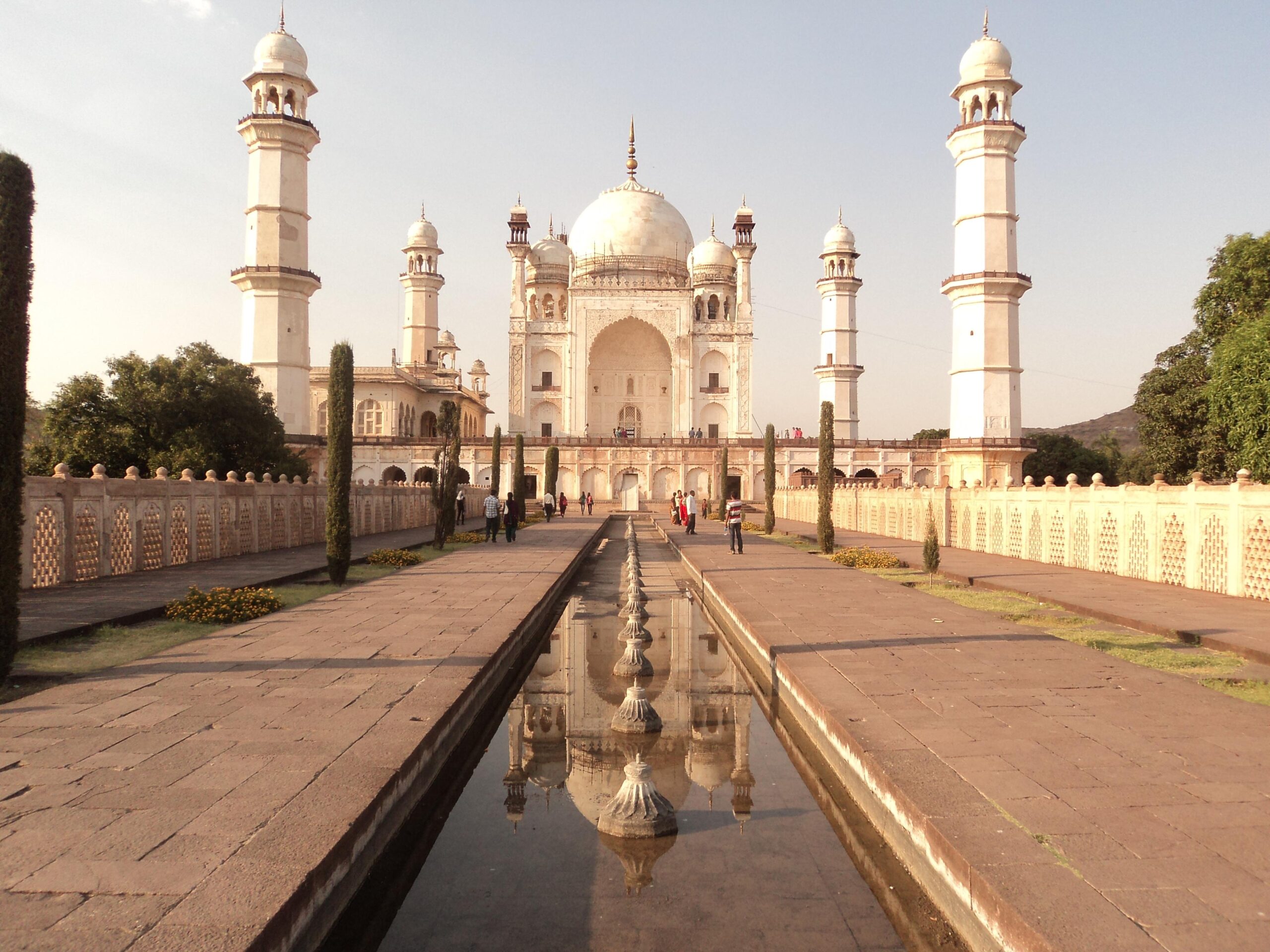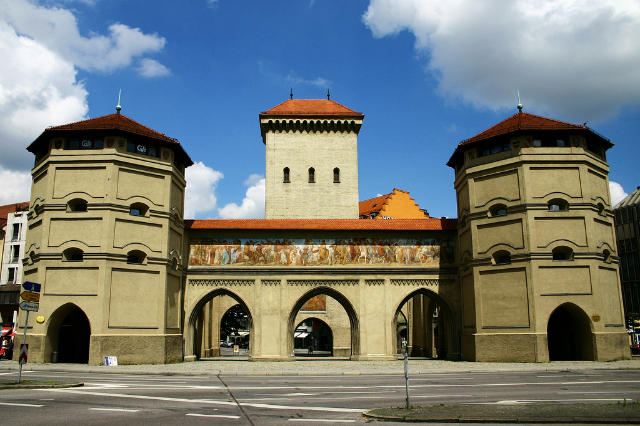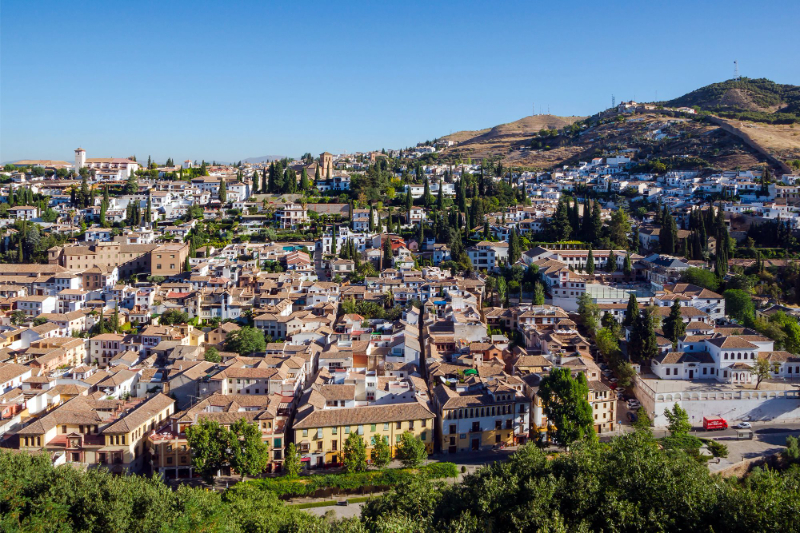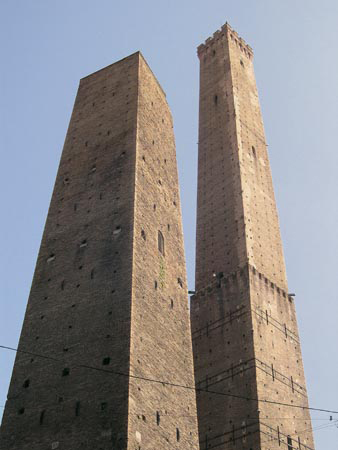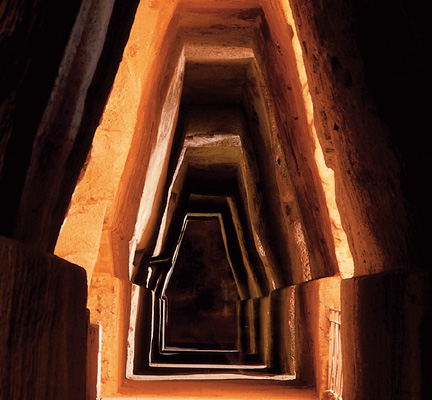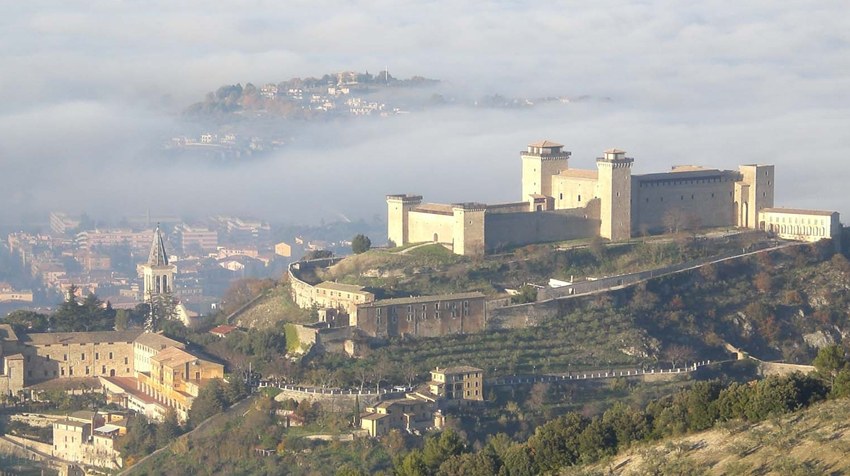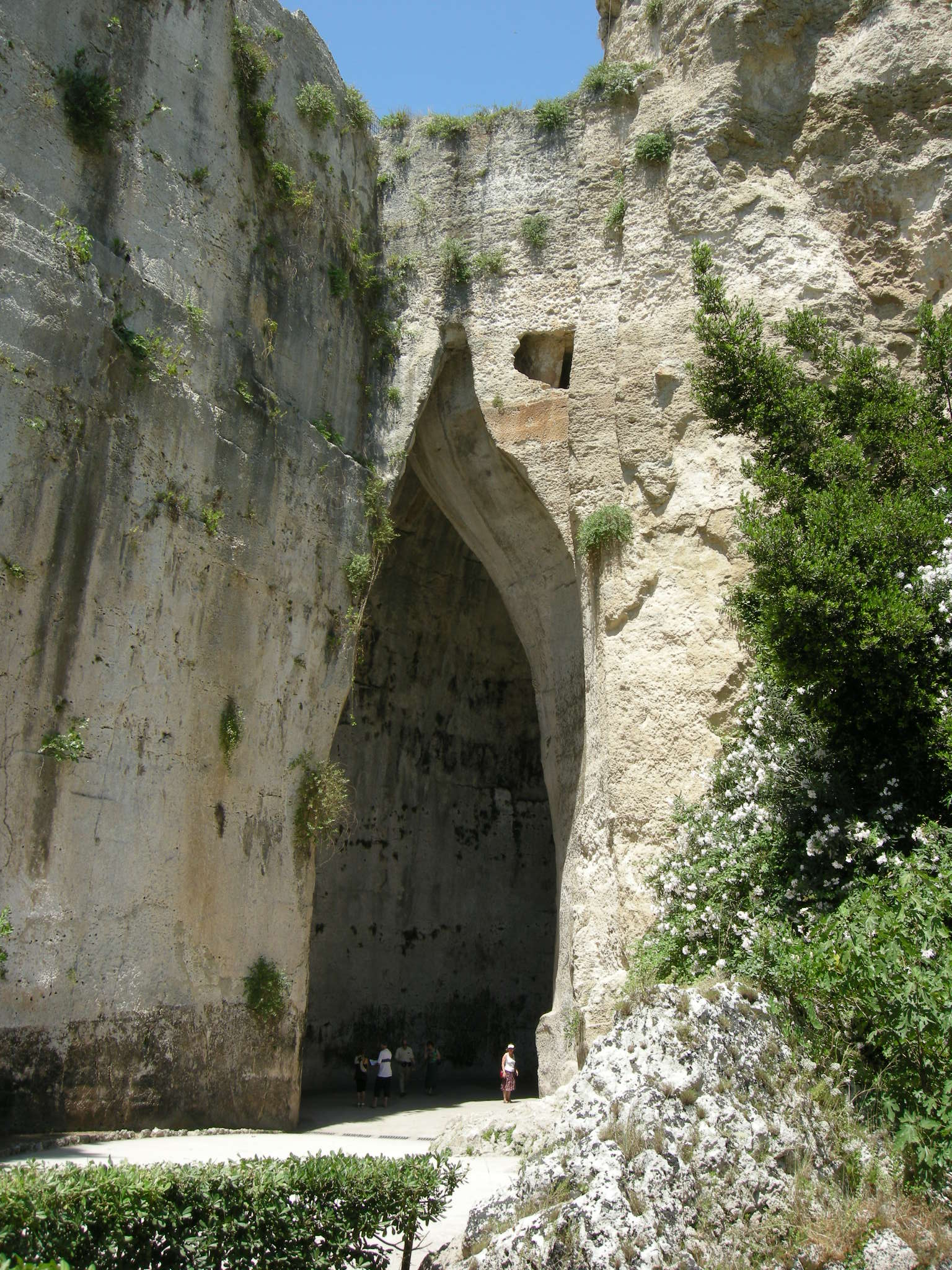Bibi Ka Maqbara is believed to have been built between 1651 and 1661 C.E. According to the “Tarikh Namah” of Ghulam Mustafa, the cost of construction of the mausoleum was Rs. 6,68,203-7 (rupees six lakh, sixty-eight thousand, two hundred three and seven annas) – Aurangzeb allocated only Rs. 7,00,000 for its construction.An inscription found on the main entrance door mentions that this mausoleum was designed and erected by Ata-ullah, an architect and Hanspat Rai, an engineer respectively. The marble for this mausoleum was brought from mines near Jaipur. According to Tavernier, around three hundred carts laden with marble, drawn by at least 12 oxen, were seen by him during his journey from Surat to Golconda. The mausoleum was intended to rival the Taj Mahal, but the decline in architecture and proportions of the structure (both due to the severe budgetary constraints imposed by Aurangzeb) had resulted in a poor copy of the latter.
The mausoleum is laid out in a Charbagh formal garden. It stands at the centre of a huge enclosure measuring approximately 458 m. The high enclosure wall is crenellated with pointed arched recesses and bastions at regular intervals. The recesses are divided by pilasters, crowned with small minarets. The mausoleum is built on a high square platform with four minarets at its corners, which is approached by a flight of steps from the three sides. A mosque is found to the west of the main structure, a later addition by the Nizam of Hyderabad, resulting in closure of the west entrance.
Entry to the mausoleum is through a main entrance gate on its south, which has foliage designs on brass plate on wood covering from the exterior. After passing through the entrance a small tank is provided and a low profile screen wall leads to the main structure. The screened pathway has a series of fountains at its centre.
The mausoleum is encased with marble up to the dado level. Above the dado level, it is constructed of basaltic trap up to the base of the dome; the latter is again built of marble. A fine plaster covers the basaltic trap and given a fine polished finish and adorned with fine stucco decorations. The mortal remains of Rabia Daurani are placed below the ground level surrounded by an octagonal jali pierced marble screen with exquisite designs, which can be approached by a descending flight of steps. The roof of this chamber that corresponds to the ground level of the mausoleum is pierced by an octagonal opening and given a low barricaded marble screen. This makes the tomb viewable from the ground level through this octagonal opening. The mausoleum is crowned by a dome pierced with trellis works and accompanying panels decorated with flower designs.
The structure is in the form of a hexagon, its angles ornamented with minarets.Bibi-ka-maqbara was built in 1660 by prince Azam Shah in the memory of his mother, Dilras Banu Begam. In 1720, Nizam-ul-Mulk Asif Jah, a distinguished General of Aurangzeb with the intention of founding his own dynasty in the Deccan, arrived at Aurangabad and made it his capital. He paid a visit to Delhi in 1723, but returned in 1724. Nizam Ali Khan Asaf Jah II transferred his capital from Aurangabad to Hyderabad in 1763.
(Wikipedia)
